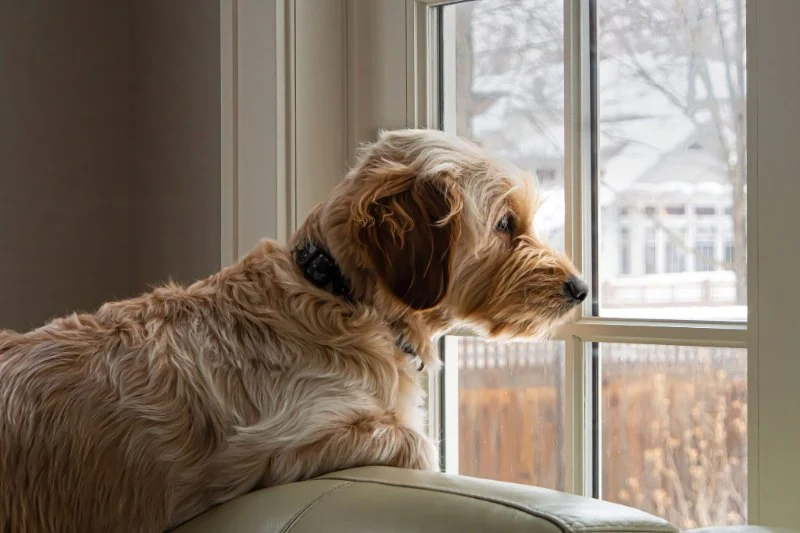
Coping with Pet Separation During Long Vacations
- 1 - Understanding Pet Separation Anxiety
- 2 - How to Prepare Your Pet for Separation
- 3 - Pet Care Options While You're Away
- 4 - Case Study: Managing Separation Anxiety in Pets
1 - Understanding Pet Separation Anxiety
Separation anxiety is a common issue for pets when their owners leave for long periods, such as during vacations. This condition can manifest in various forms, from destructive behavior to excessive barking or crying. Understanding the underlying causes of pet separation anxiety is key to managing it effectively.
1.1 Why Do Pets Experience Separation Anxiety?
Pets, especially dogs, are pack animals and often form strong bonds with their owners. When they are suddenly left alone for an extended time, they may feel abandoned or insecure. This can lead to anxiety-driven behaviors such as pacing, excessive drooling, or even attempts to escape.
1.2 Common Symptoms of Separation Anxiety
Some common symptoms of pet separation anxiety include:
- Destructive behavior like chewing furniture or scratching doors
- Excessive barking or howling
- Accidents in the house, even for house-trained pets
- Depression or lethargy
Recognizing these signs early on can help you address the issue before it becomes more severe.
2 - How to Prepare Your Pet for Separation
Preparing your pet for separation before you leave for a long vacation can help reduce anxiety. The more gradual and positive the transition, the easier it will be for your pet to cope with your absence.
2.1 Gradual Departures
Start by practicing short separations. Leave your pet alone for short periods and gradually increase the time as your pet gets more comfortable. This helps your pet adjust to the idea of being alone without feeling abandoned.
2.2 Create a Comforting Environment
Before you leave, make sure your pet's environment is as comforting as possible. Leave behind their favorite blanket, toys, or anything that smells like you. Familiar scents can help reduce anxiety and provide a sense of security while you're away.
2.3 Maintain a Routine
Pets thrive on routine, so try to maintain a regular schedule for feeding, walks, and playtime even when you're not around. This consistency helps your pet feel more secure and less likely to become anxious when their routine is disrupted.
3 - Pet Care Options While You're Away
There are several options for caring for your pet while you're on vacation, each with its own benefits. The right choice depends on your pet's temperament and needs, as well as how long you'll be gone.
3.1 Pet Sitters
Hiring a professional pet sitter is often the best option for pets with separation anxiety. A pet sitter can provide your pet with one-on-one attention, maintain their routine, and give them the comfort of staying in their own home. This minimizes stress and helps keep your pet calm.
3.2 Boarding Kennels
Another option is placing your pet in a boarding kennel. Many facilities now offer luxury accommodations with individual attention and playtime. However, boarding can be stressful for some pets, so it's important to choose a facility that is reputable and provides a calm, low-stress environment.
3.3 Family or Friends
If you have a trusted family member or friend who is willing to take care of your pet, this can be a great solution. Having someone familiar to your pet can ease the anxiety of separation, and they will feel more comfortable in a home environment.
4 - Case Study: Managing Separation Anxiety in Pets
Let’s look at a case study of a dog named Max, who suffered from severe separation anxiety when his owner, Sarah, went on vacation. Max would often destroy furniture and bark incessantly when left alone. Here's how Sarah successfully helped Max cope:
4.1 Identifying the Problem
Sarah noticed that Max would get anxious every time she prepared to leave, even for short trips. His destructive behavior and constant barking were signs of severe anxiety, which made her realize that a more comprehensive solution was needed.
4.2 Gradual Desensitization
To help Max adjust, Sarah started practicing short separations. She would leave Max alone for just a few minutes, then gradually increased the time. She also made sure to leave behind his favorite toys and a piece of clothing that smelled like her, to provide comfort in her absence.
4.3 Enlisting a Pet Sitter
For her vacation, Sarah hired a professional pet sitter to stay with Max while she was away. The pet sitter followed Max's routine, providing consistent care and reducing his anxiety. Sarah also set up a video camera to check in on Max from time to time, which helped her feel more at ease.
When Sarah returned from her trip, Max was calm and well-adjusted, having coped well with the separation thanks to the gradual preparation and care provided by the pet sitter.
For more tips and advice on how to help your pet during separation, visit Pet & Puppy, where we offer a variety of pet care services and products to make your pet's time away from you easier.


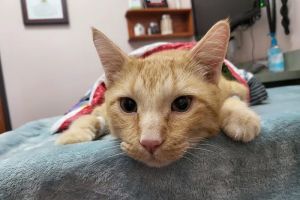
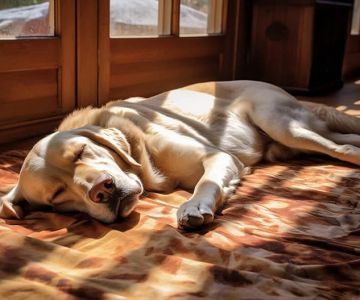
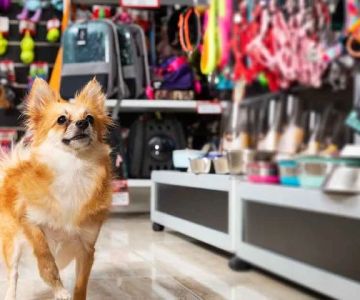



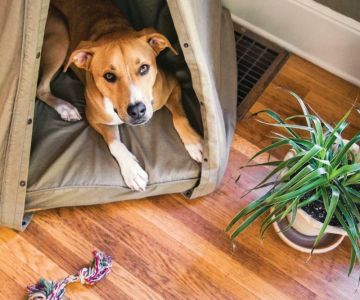
 Princeton Veterinary Hospital4.0 (821 reviews)
Princeton Veterinary Hospital4.0 (821 reviews) Thomas Ridge Kennels4.0 (17 reviews)
Thomas Ridge Kennels4.0 (17 reviews) All Creatures Animal Hospital4.0 (354 reviews)
All Creatures Animal Hospital4.0 (354 reviews) Fatty Paws Pet Boutique0.0 (0 reviews)
Fatty Paws Pet Boutique0.0 (0 reviews) CityVet | Lone Mountain Veterinary & Urgent Care4.0 (104 reviews)
CityVet | Lone Mountain Veterinary & Urgent Care4.0 (104 reviews) Petnificent Picks5.0 (1 reviews)
Petnificent Picks5.0 (1 reviews) How to Transition a Senior Pet to Easier-to-Eat Food: A Comprehensive Guide
How to Transition a Senior Pet to Easier-to-Eat Food: A Comprehensive Guide The Hidden Dangers in Common Pet Supplies: What You Need to Know
The Hidden Dangers in Common Pet Supplies: What You Need to Know Managing Chronic Conditions in Pets: Essential Diet, Medication & Lifestyle Tips
Managing Chronic Conditions in Pets: Essential Diet, Medication & Lifestyle Tips How to Build a Pet Emergency Kit: Essentials You Need
How to Build a Pet Emergency Kit: Essentials You Need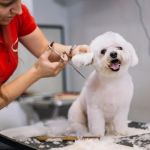 Best Practices for Pet Grooming Frequency by Breed: Keeping Your Pet’s Coat Healthy
Best Practices for Pet Grooming Frequency by Breed: Keeping Your Pet’s Coat Healthy The Effect of Seasonal Allergies on Pets & How to Help
The Effect of Seasonal Allergies on Pets & How to Help